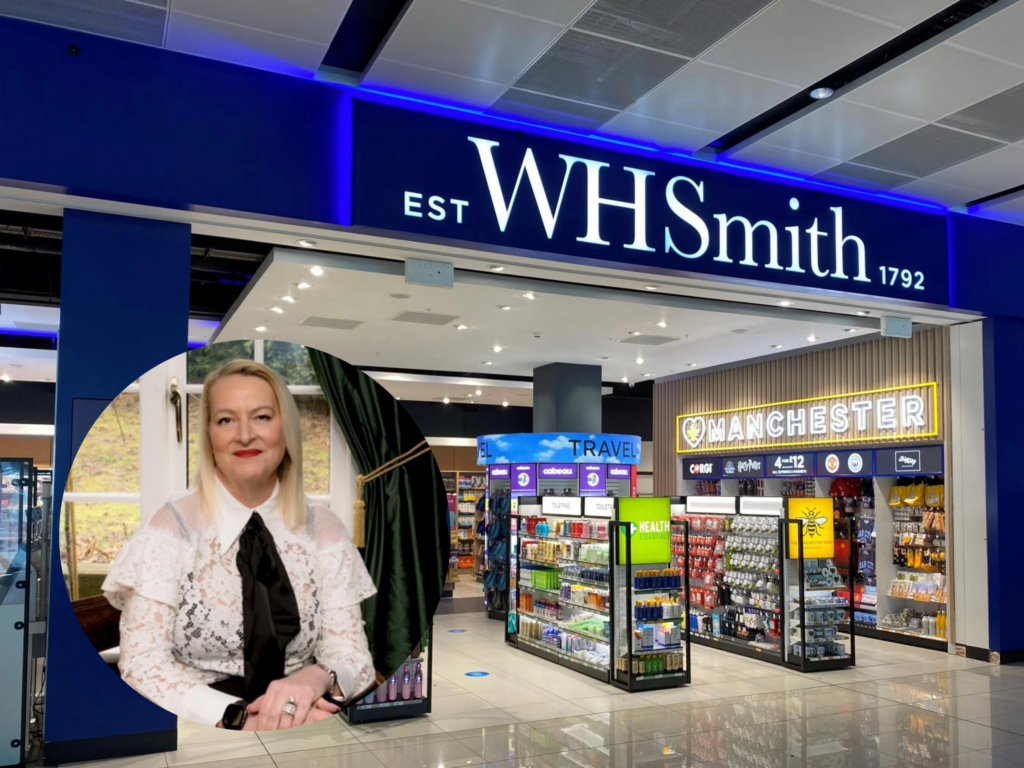Retail’s 2018 peak trading period was a defining moment for app commerce, according to App Annie, an app analytics and app market data company.
That was a key finding included in app commerce company Poq’s new report on consumer behaviour. The study also highlighted shoppers’ growing propensity to use mobile apps when shopping during the final quarter of the year, retail’s busiest period.
Among the other eye-catching statistics detailed in the report, The Retailer’s Guide to Consumer Behaviour During the Peak Trading Period, included a 63 per cent year-on-year increase in revenue generated via apps in Q4 2018 and app’s 44 per cent – and rising – share of mobile commerce Black Friday revenue.
According to the study, 189,000 hours were spent on apps over Cyber Weekend and November 2018 marked the biggest mobile shopping month of all time in terms of time spent in shopping apps. In short, apps are proving to be key platforms for commerce.
It was against this backdrop that Poq and Retail Gazette hosted a breakfast roundtable to discuss app and digital strategy. Joining them were representatives from Agent Provocateur, AllSaints, Cubitts, Filippa K, Fortnum & Mason, John Lewis Partnership, Mr Porter, Net-A-Porter, Oliver Bonas, Papier, and Ralph & Russo.
Trends in digital commerce
As a company offering solutions in the app commerce space, Poq clearly has a vested interest in promoting native apps as the preferred way to shop. However, many of the retailers around the table agreed that mobile continues to be a key driver of both customer traffic and sales, supporting the claims made in the Poq report.
Each company represented at the breakfast event is at a different stage of their digital journey, with some having just re-platformed their main websites to support growth in online sales and others already using quite sophisticated push notification techniques.
But among the common challenges and observations discussed included the importance of a mobile-optimised website for recruiting customers, but the recognition that an app is a more powerful factor in driving customer engagement and relationships with brands.
The competition for people’s attention online was a key talking point, too. If people are spending so much of their time on social media sites such as Facebook and Instagram, and the shopping apps of online titans such as Amazon, Asos, and eBay, retailers need to find ways for their mobile strategy to stand out – and it was agreed that creating personalised and content-rich platforms offering more than just sales is critical.
“There is still a mindset that bite-size content is needed on brands’ mobile sites and apps, but now people are spending so much time on these devices and apps have become more sophisticated, content should be ramped up,” said one roundtabler.
Anecdotally, it seems brands – especially those operating in the fashion sector – view content creation as a key area of investment in the 12 months ahead, and that was a theory supported by those in the room.
“Daily content production is increasingly important, but it needs to be created always with a sale in mind while ensuring it helps keeps consumers involved and interested in the brand,” said one participant.
There was widespread agreement that native apps trump progressive web apps in terms of customer engagement, thanks to the analytics and additional functionality they offer retailers. One participant highlighted the growing need to make content available offline – be it blogs, company news, or other marketing and inspirational material – which he argued is a functionality better supported by native apps.
App’s role in the retail tech evolution
As well as being central to the overall growth in mobile shopping, and providing a platform for an increase in brand content production, apps are wrapped up in other trends defining the digital commerce space in 2019: namely, the rise in customer-focused software investment, personalisation, and new ways to pay.
Research from analyst group Gartner released in 2018 estimated global retail sector technology spending will grow 3.6 per cent year-on-year to reach almost $203.6 billion in 2019, with software now the fastest-growing category of technology spending.
Spending on software is predicted to reach $40.5 billion a year by 2023, with the study saying retailers are prioritising analytics, digital marketing, mobile apps, ecommerce platforms and artificial intelligence. From augmented reality to visual search functionality, customer-focused software updates are being rolled out by retailers at pace – and many popular ones are embedded in apps to help customers to stay loyal.
Avoiding customer friction online was acknowledged as a key goal for several of the roundtable participants, with one saying: “People are inherently lazy and want a quick purchase.”
This is set to be tested from September 14 this year when the Strong Customer Authentication legislation is introduced, meaning customers will need an additional form of identification to credit or debit card details when checking out and making a purchase.
In-app payments navigate the two-factor payment authentication element customers will face when shopping on websites via desktop and mobile sites. Once the initial sign-up process is completed, a customer’s payment details are saved in the app and can support one-click purchasing in the manner consumers are increasingly accustomed to.
Andy Whyte, Head of Sales at Poq, and a participant in the roundtable discussion, said mobile commerce is only going to rise in popularity as technology continues to advance and, subsequently, further impact retail.
“The imminent arrival of 5G is going to be transformational and will result in a pivotal switch to mobile commerce,” he argued.
“Native apps are going to benefit from this infrastructure upgrade as they become enabled by better technology. A 5G world is going to be an app-friendly world, and will allow retailers that have invested in app commerce to serve shoppers more efficiently.”
Read more on the growing role app commerce is playing in e-commerce by downloading The Retailer’s Guide to Consumer Behaviour During the Peak Trading Season.
Click here to sign up to Retail Gazette‘s free daily email newsletter


















